
Nasturtiums: The Stunning and Functional Backyard Plant Every Garden Needs
Nasturtiums are a versatile, vibrant, and highly beneficial addition to any backyard garden. Known for their beautiful blooms in shades of orange, yellow, and red, these plants not only add color and charm to your outdoor space but also offer a range of practical uses. From natural pest control to attracting pollinators, nasturtiums are an easy-to-grow, edible plant that brings value to gardens of all sizes. Let’s explore why nasturtiums are a must-have and how you can use every part of this remarkable plant.
Benefits of Growing Nasturtiums in Your Backyard

1. Pest Control: A Natural Solution for Garden Health
Nasturtiums act as a “trap crop,” meaning they attract pests like aphids, caterpillars, and whiteflies, diverting these harmful insects away from your more delicate plants. This makes nasturtiums an excellent companion for vegetables like tomatoes, cucumbers, and peppers. By planting nasturtiums nearby, you’re creating a natural defense system in your garden, reducing the need for chemical pesticides.
2. Attracts Pollinators: A Boost for Garden Productivity
Nasturtiums are loved by bees, butterflies, and beneficial insects due to their bright, eye-catching flowers. Pollinators are essential for the reproduction of many plants, including fruits and vegetables. By attracting these helpful creatures to your garden, nasturtiums contribute to better pollination and, consequently, increased yields from plants like squash, zucchini, and berries.
3. Easy to Grow: Low-Maintenance and Resilient
One of the greatest things about nasturtiums is their resilience and ability to thrive in poor soil conditions. In fact, they often do better in low-nutrient soil where other plants might struggle. This makes them a fantastic choice for gardeners seeking low-maintenance plants. Nasturtiums are drought-tolerant and grow quickly, spreading through your garden with minimal effort. They require only occasional watering and will even flourish in container gardens or hanging baskets.
4. Edible and Delicious: A Unique Ingredient for Creative Cooking
Every part of the nasturtium plant—flowers, leaves, and seeds—is edible, adding a unique, peppery flavor that can enhance a variety of dishes. The flowers, with their bright colors and delicate texture, are perfect for salads, while the leaves can be used in a range of savory applications. The seeds, when pickled, make a flavorful substitute for capers. This makes nasturtiums an ideal choice for gardeners who enjoy experimenting with fresh ingredients in their cooking.
How to Use Every Part of the Nasturtium Plant
Each part of the nasturtium plant has its own unique taste and culinary application. Here’s a guide to incorporating nasturtium flowers, leaves, and seeds into your meals.
1. Flowers
- Taste: The flowers have a mild peppery flavor, similar to arugula, which adds a refreshing bite to dishes.
- How to Use:
- Add flowers to salads for a pop of color and spice.
- Use as a garnish for appetizers, soups, and main dishes.
- Stuff the flowers with soft cheeses like goat cheese or ricotta for a visually stunning and flavorful appetizer.
2. Leaves
- Taste: Nasturtium leaves are spicy and peppery, making them perfect for enhancing savory dishes.
- How to Use:
- Use fresh leaves in salads, sandwiches, and wraps to add a zesty bite.
- Blend the leaves into pesto, adding an extra peppery kick that pairs well with pasta or grilled vegetables.
- Mix them into omelets or frittatas for an herbaceous, slightly spicy flavor.
3. Seeds
- Taste: The green seeds are tangy, with a taste similar to capers.
- How to Use:
- Pickle the unripe seeds to create “poor man’s capers” for use in salads, sauces, or as a condiment.
- Add the seeds to marinades for meats or vegetables for an extra layer of flavor.
- Grind the dried seeds and use them as a peppery spice to season roasted vegetables or dressings.

Growing and Caring for Nasturtiums
Nasturtiums are one of the easiest plants to grow, making them perfect for beginners and seasoned gardeners alike.
Planting
- When to Plant: Plant nasturtium seeds in the spring after the last frost, or start them indoors a few weeks earlier to get a jumpstart on the growing season.
- Soil: They do best in poor or well-draining soil, as high nutrient levels can lead to excessive foliage and fewer flowers.
- Sunlight: While nasturtiums can tolerate some shade, they prefer full sun for optimal growth and flower production.
Watering
- Frequency: Nasturtiums are drought-tolerant once established, so water them sparingly. Overwatering can lead to root rot, so ensure the soil is slightly dry before watering again.
Maintenance
- Pruning: Prune the plants lightly to control growth and encourage bushier plants with more flowers. Remove spent flowers to encourage further blooming.
- Pests and Disease: Nasturtiums are generally pest-resistant; however, they may attract aphids. If aphids become a problem, simply spray the plant with a strong stream of water to dislodge them.
Harvesting
- Flowers: Pick the flowers when they are fully open but still fresh. The flowers are best used immediately but can be stored in the fridge for a day or two.
- Leaves: Harvest young leaves for a milder flavor. Leaves can be used immediately or stored in the fridge for up to a week.
- Seeds: Harvest green seeds while they’re still tender, or allow them to dry on the plant if you plan to use them as a spice.
News in the same category


Kimchi Consumption and Immune Balance: Evidence from a Controlled Human Trial

Repurposing Itraconazole as an Anticancer Agent: Mechanisms and Clinical Potential

Maternal Vitamin D Status during Pregnancy and Neurocognitive Development in Early Childhood

Overnight Olfactory Enrichment as a Novel Strategy to Enhance Memory in Older Adults

Vitamin D as a Regulator of Energy Partitioning: Insights from Preclinical Research

A 30-year-old man suffered a stroke while showering: Here are 5 things to remember when showering in cold weather to avoid accidents

Itchy Breasts? Here Are 6 Health Issues That Could Be Behind It

Colonoscopy: The key question you should ask your doctor before the procedure

Cannabis Extract Eases Chronic Low Back Pain, Improves Sleep and Mobility, Phase 3 Data Show

Beyond Weight Loss: GLP-1 Receptor Agonists Show Promise in Breast Cancer Outcomes

Shingles Vaccination Linked to Slower Dementia Progression and Reduced Mortality, Study Finds

‘Power Peeing’: What It Is and Why You Should Avoid I

Proven Health Benefits of Dates (Dried, Fresh, Medjool) – Science Based

DIY Turmeric & Ginger Shots to Fight Inflammation, Boost Immunity & Soothe Your Gut

White Bumps or Spots on Lips: Causes and Effective Treatments
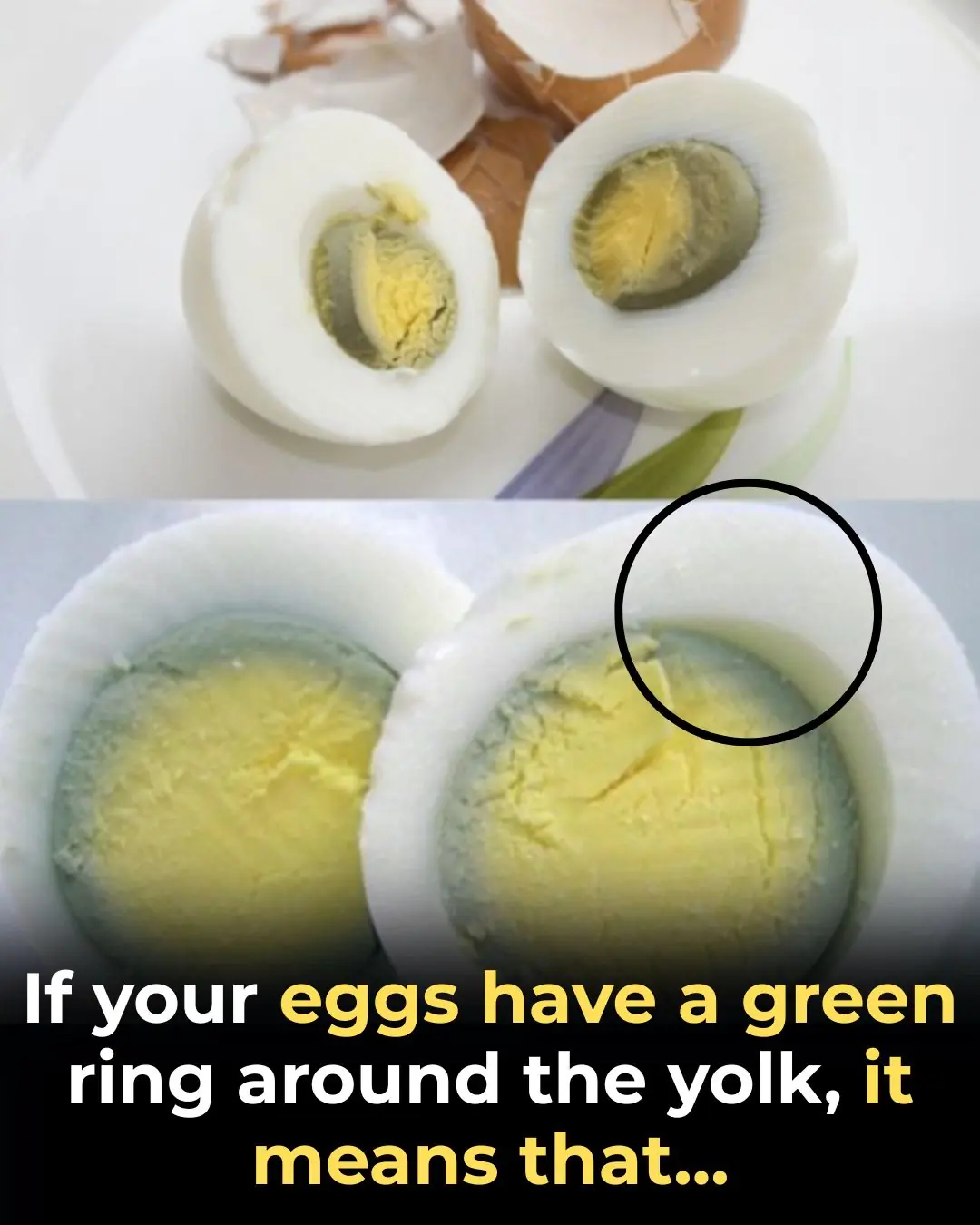
HealthWhy Your Hard-Boiled Eggs Have That Weird Green Ring

Why Your Blood Pressure Is Higher in the Morning

This 20-Minute Treadmill Workout Builds Strength After 50
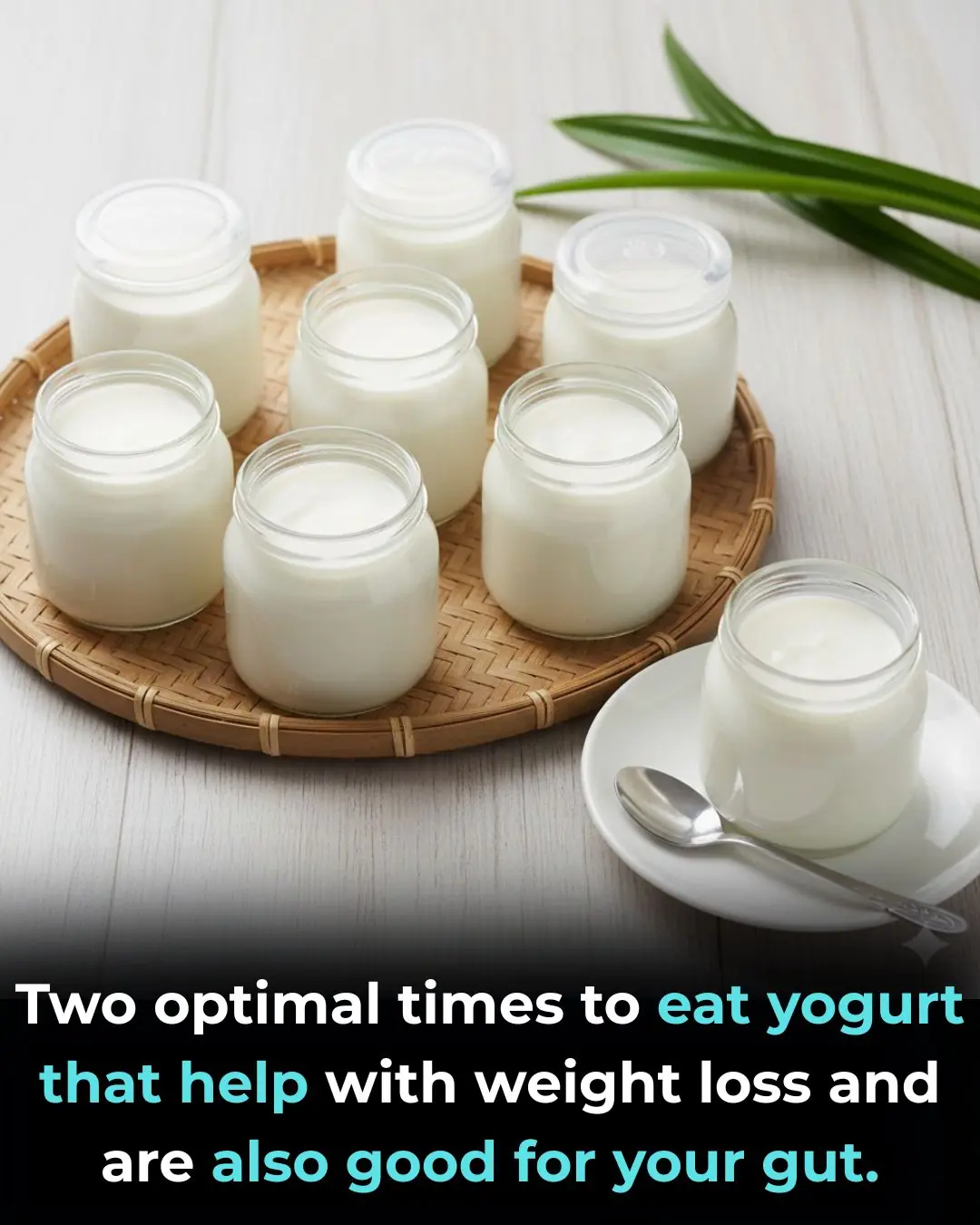
The Best Times to Eat Yogurt for Effective Weight Loss and Gut Health
News Post

Coffee Consumption, Additives, and Mortality Risk: Evidence from a Large U.S. Cohort Study

Kimchi Consumption and Immune Balance: Evidence from a Controlled Human Trial

Repurposing Itraconazole as an Anticancer Agent: Mechanisms and Clinical Potential

Maternal Vitamin D Status during Pregnancy and Neurocognitive Development in Early Childhood

Overnight Olfactory Enrichment as a Novel Strategy to Enhance Memory in Older Adults

Vitamin D as a Regulator of Energy Partitioning: Insights from Preclinical Research
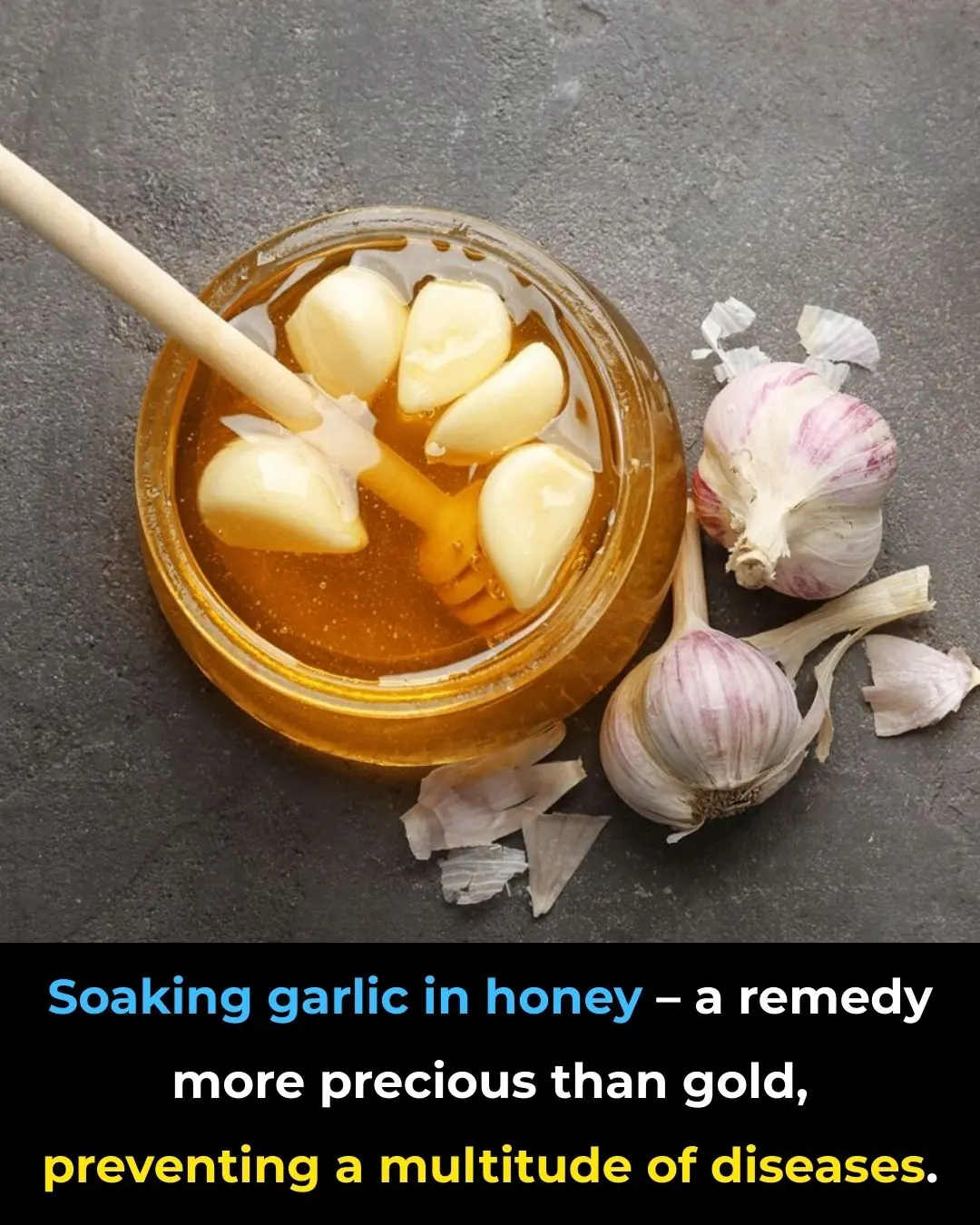
Soaking garlic in honey – a remedy more precious than gold, preventing a multitude of diseases
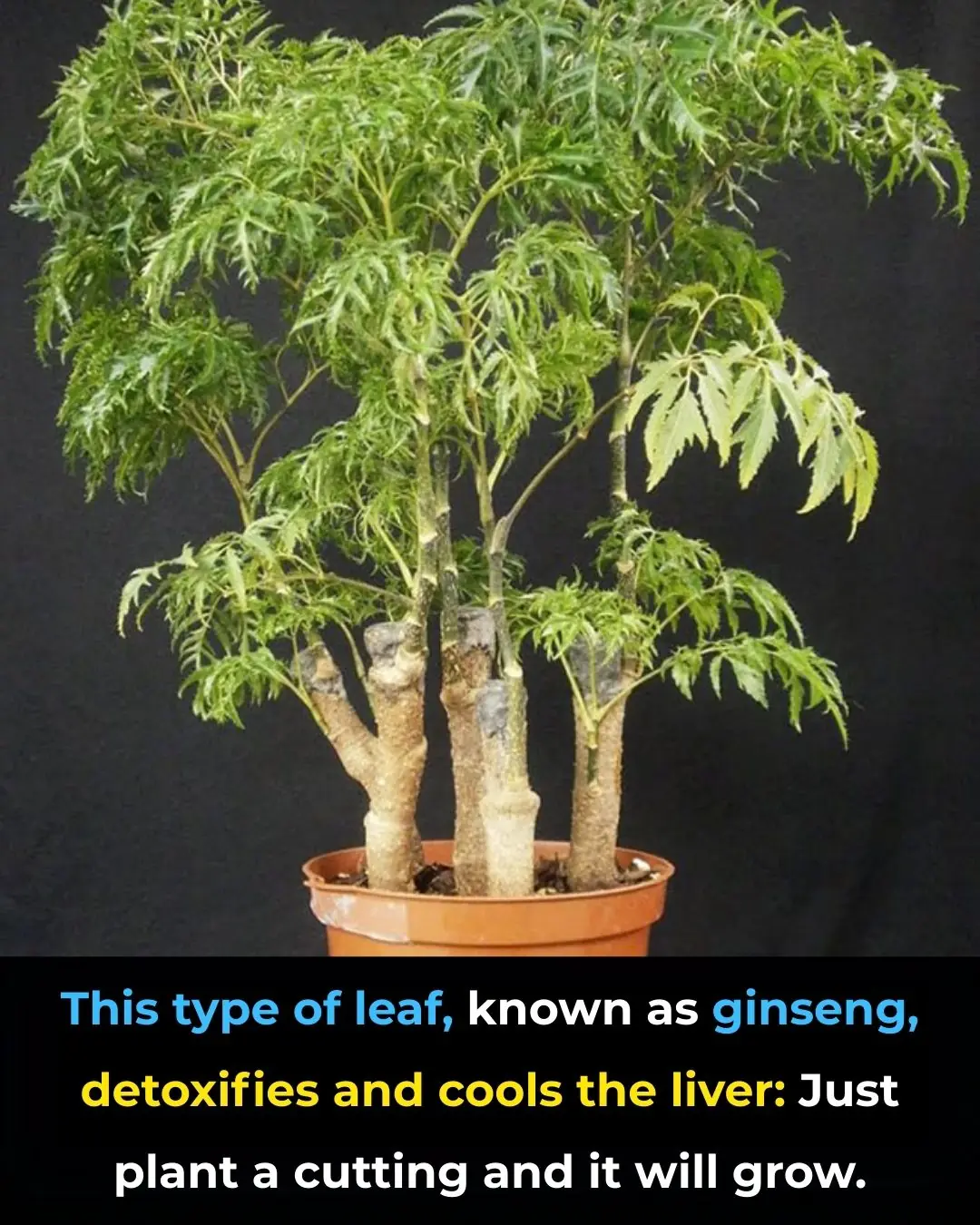
This type of leaf is called ginseng, detoxifying, and liver-cooling: it grows when you plant a cutting
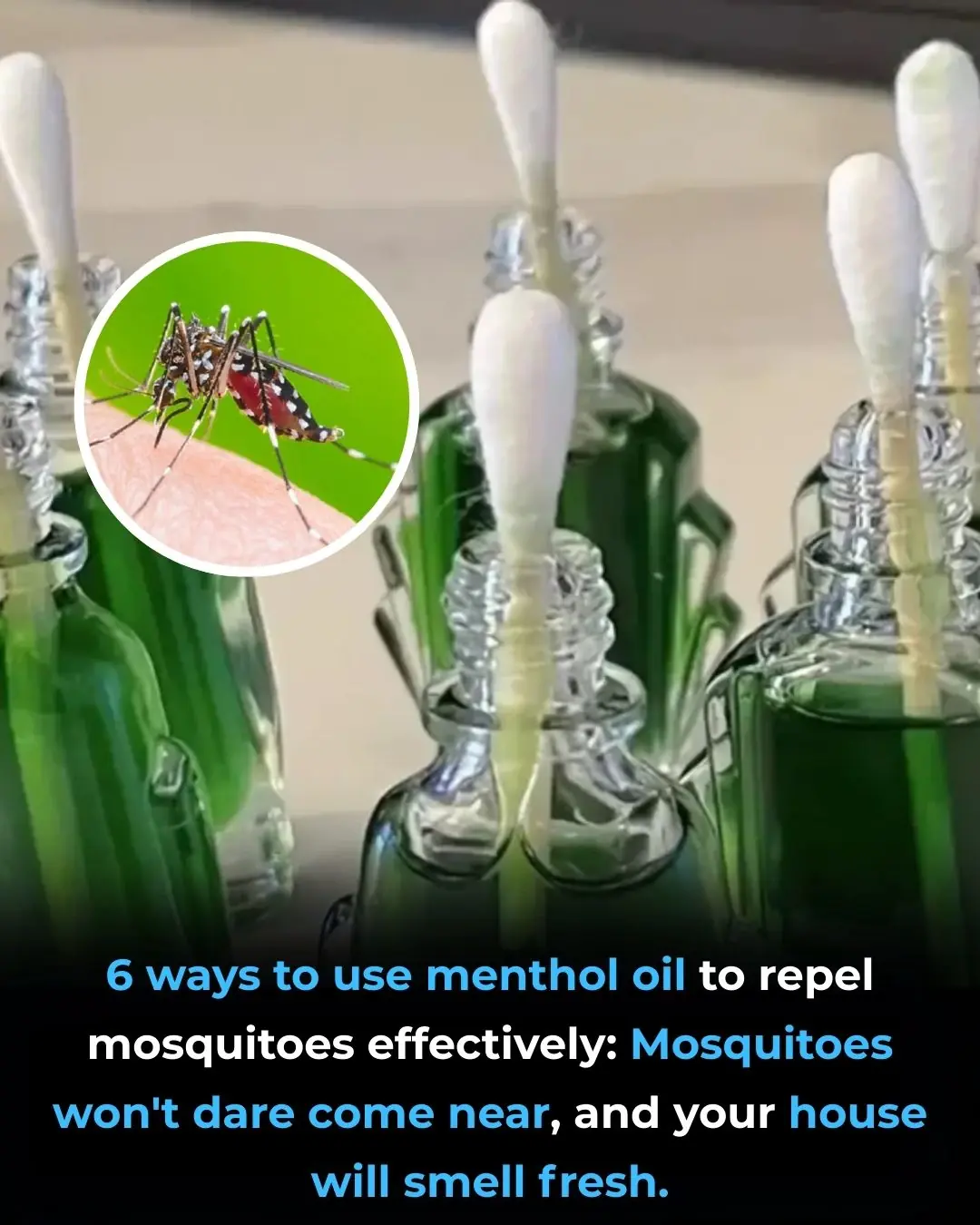
6 ways to use menthol oil to repel mosquitoes effectively: Mosquitoes won't dare come near, and your house will smell fresh

Eating plenty of these 5 vegetables during the cold season helps boost immunity and effectively fight inflammation

A 30-year-old man suffered a stroke while showering: Here are 5 things to remember when showering in cold weather to avoid accidents

Discovery of a substance that triples the risk of cirrhosis: Present in many household items

Itchy Breasts? Here Are 6 Health Issues That Could Be Behind It

Colonoscopy: The key question you should ask your doctor before the procedure

Cannabis Extract Eases Chronic Low Back Pain, Improves Sleep and Mobility, Phase 3 Data Show

Beyond Weight Loss: GLP-1 Receptor Agonists Show Promise in Breast Cancer Outcomes

Shingles Vaccination Linked to Slower Dementia Progression and Reduced Mortality, Study Finds
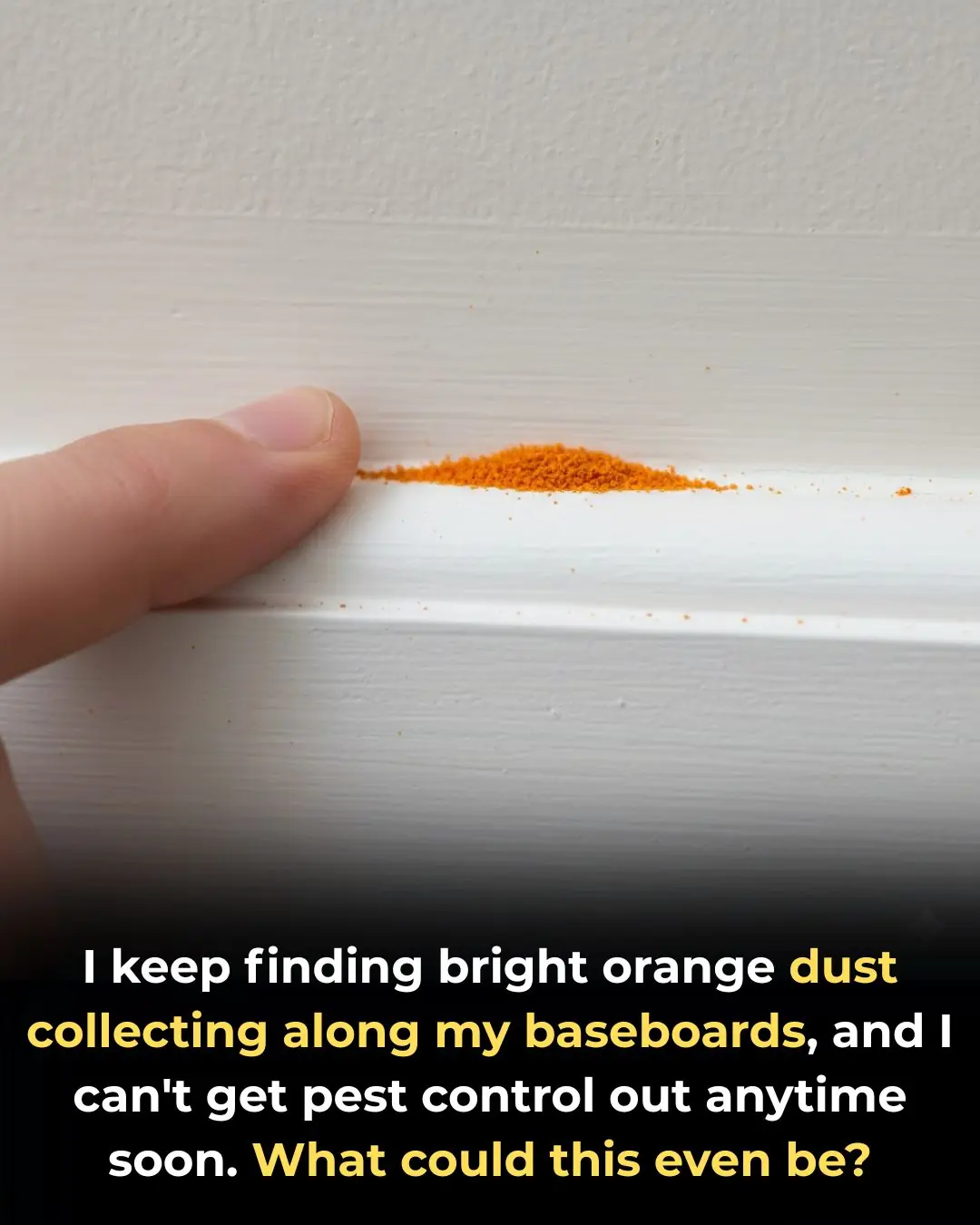
I keep finding bright orange dust collecting along my baseboards, and I can’t get pest control out anytime soon. What could this even be?

‘Power Peeing’: What It Is and Why You Should Avoid I
